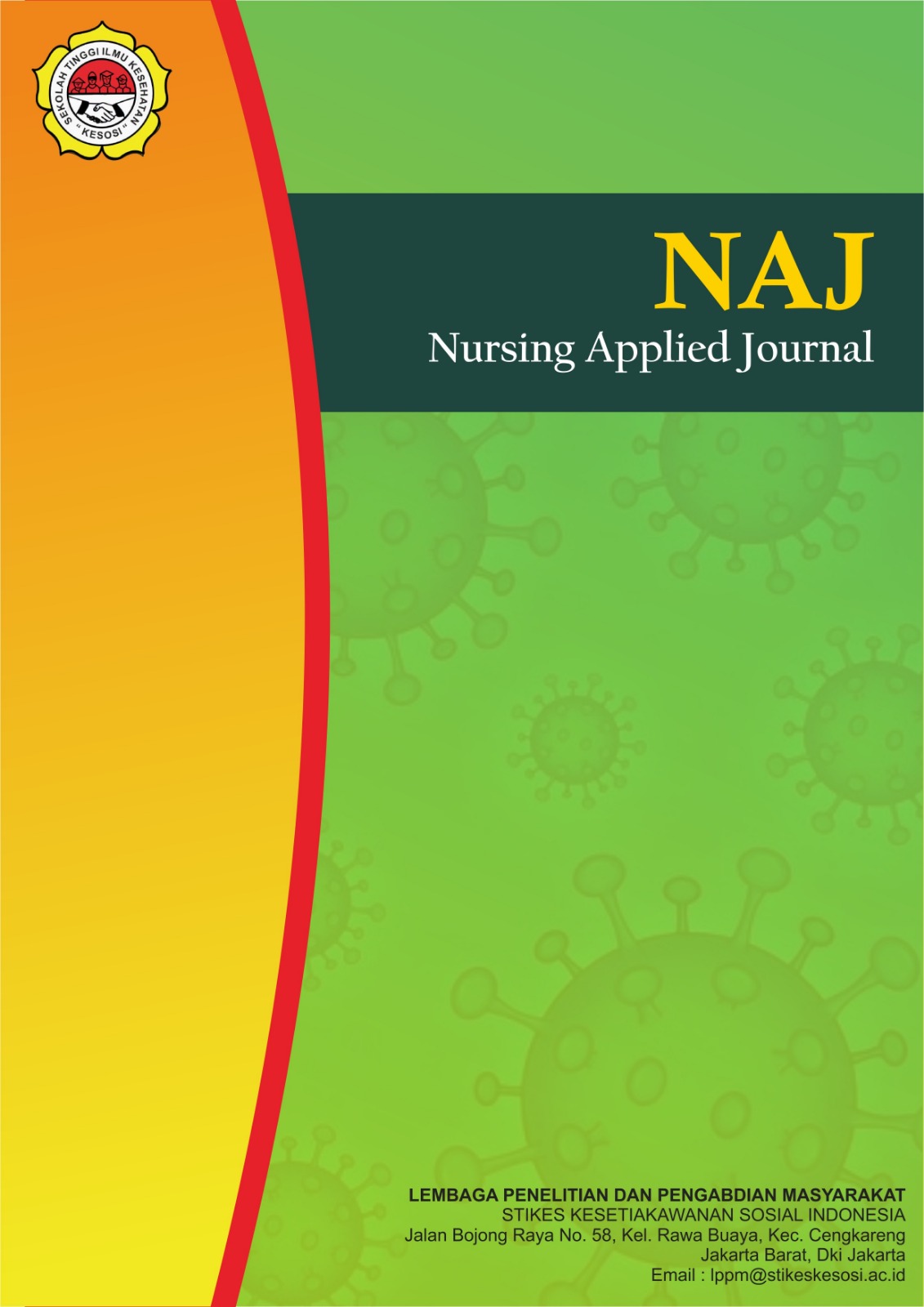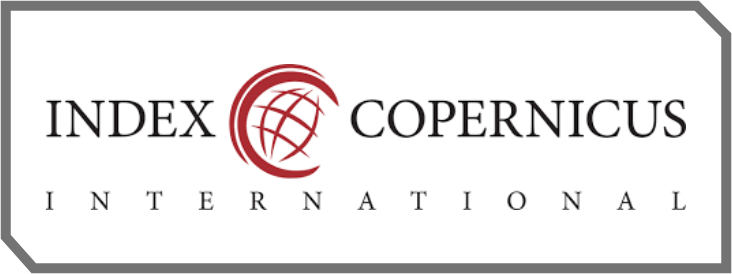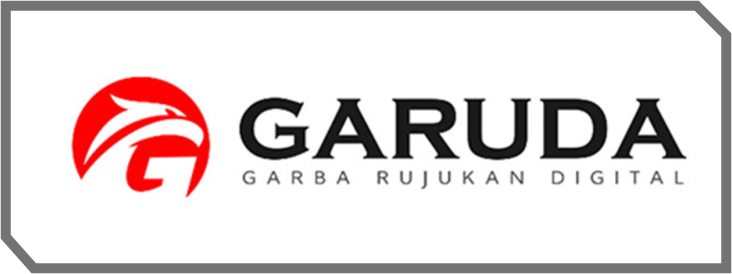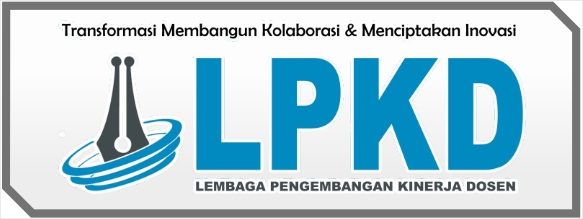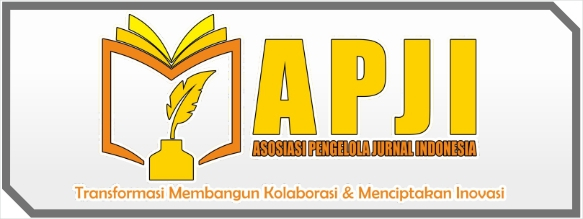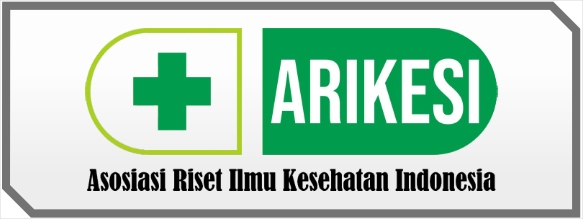Hubungan Berat Badan Lahir dengan Ruptur Perineum Persalinan Normal di Praktek Bidan Mandiri Lusi Marbun Kab. Simalungun Tahun 2022
DOI:
https://doi.org/10.57213/naj.v3i2.628Keywords:
Baby, Weight, PerineumAbstract
Rupture of the perineum is one of the common complications in vaginal delivery that can increase the risk of postpartum hemorrhage, infection, and maternal death. One of the factors that contribute to the occurrence of perineal rupture is the baby's birth weight. Babies with a birth weight of ≥4000 grams can cause greater pressure on the mother's birth canal, increasing the likelihood of tearing of perineal tissue. In Indonesia, 75% of mothers who give birth vaginally experience perineal lacerations, and postpartum bleeding is still the leading cause of 40% of maternal deaths. This study aims to determine the relationship between infant birth weight and the incidence of perineal rupture in normal childbirth at the Lusi Marbun Independent Midwife Practice, Simalungun Regency in 2022.This study uses an observational analytical design with a case control approach. A sample of 30 maternity mothers was selected using the total sampling method. The data were analyzed using the Chi-square test to determine the relationship between birth weight and perineal rupture. The results showed that the majority of babies had a birth weight of <4000 grams (63.3%) and the majority of mothers experienced a second degree perineal rupture (70%). The results of bivariate analysis showed that there was a significant relationship between birth weight and the incidence of perineal rupture (p-value = 0.000). There is a significant relationship between birth weight and the incidence of perineal rupture. The greater the baby's weight, the higher the risk of perineal rupture in the mother during childbirth. It is important for health workers to carry out early detection of fetal weight, provide nutrition education during pregnancy, and prepare for the delivery process optimally to minimize the risk of complications.
References
Campion, M. (2019). Maternal Health Challenges in Asia: A Review of Perineal Trauma Cases. Singapore: Health Asia Publishing.
Daniel, T., et al. (2020). Association between birth weight and perineal laceration during vaginal delivery: A case-control study. Ethiopian Journal of Reproductive Health, 12(2), 55–62.
Elisa. (2017). Penyebab dan Dampak Perdarahan Postpartum. Yogyakarta: Pustaka Kesehatan Ibu.
Futiatus, F. (2017). Hubungan Berat Badan Bayi Baru Lahir Dengan Kejadian Ruptur Perineum Pada Persalinan Normal Primipara di Puskesmas Tegalrejo. Jurnal Kebidanan dan Kesehatan Tradisional, 2(1), 25–30.
Haryanti, Y. (2018). Hubungan Berat Badan Bayi Baru Lahir dengan Kejadian Ruptur Perineum pada Persalinan Normal. Jurnal Kebidanan dan Keperawatan, 14(1), 55–60.
Heimburger, A. (2019). Economic Burden of Obstetric Trauma in the U.S.. New York: Maternal Outcomes Research Institute.
Kementerian Kesehatan RI. (2022). Pedoman Teknis Pencegahan dan Penanganan Komplikasi Persalinan. Jakarta: Direktorat Kesehatan Ibu.
Ministry of Health Malaysia. (2021). Perinatal Care Manual (4th ed.)
Nugroho, T., & Fatmasari, E. Y. (2022). Asuhan Persalinan Normal dan Komplikasi Ringan. Yogyakarta: Nuha Medika.
Prawirohardjo, S. (2022). Ilmu Kebidanan. Jakarta: Yayasan Bina Pustaka Sarwono Prawirohardjo.
Saifuddin, A. B. (2021). Buku Panduan Praktis Pelayanan Kesehatan Maternal dan Neonatal. Jakarta: Bina Pustaka Sarwono Prawirohardjo.
Situmorang, F. M., Siregar, A. R., & Simamora, P. (2021). Hubungan Berat Badan Lahir Bayi dengan Ruptur Perineum pada Persalinan Normal. Jurnal Kebidanan, 9(1), 45-52.
Tarekegn, D., et al. (2020). Maternal and fetal factors associated with perineal tears among women who gave birth vaginally in health facilities in Ethiopia. BMC Pregnancy and Childbirth, 20(1), 1–7. https://doi.org/10.1186/s12884-020-02974-w
Wiknjosastro, H. (2020). Ilmu Kebidanan. Jakarta: Yayasan Bina Pustaka Sarwono Prawirohardjo.
World Health Organization (WHO). (2021). Newborn Health. Retrieved from https://www.who.int
Downloads
Published
Issue
Section
License
Copyright (c) 2025 NAJ : Nursing Applied Journal

This work is licensed under a Creative Commons Attribution-ShareAlike 4.0 International License.

